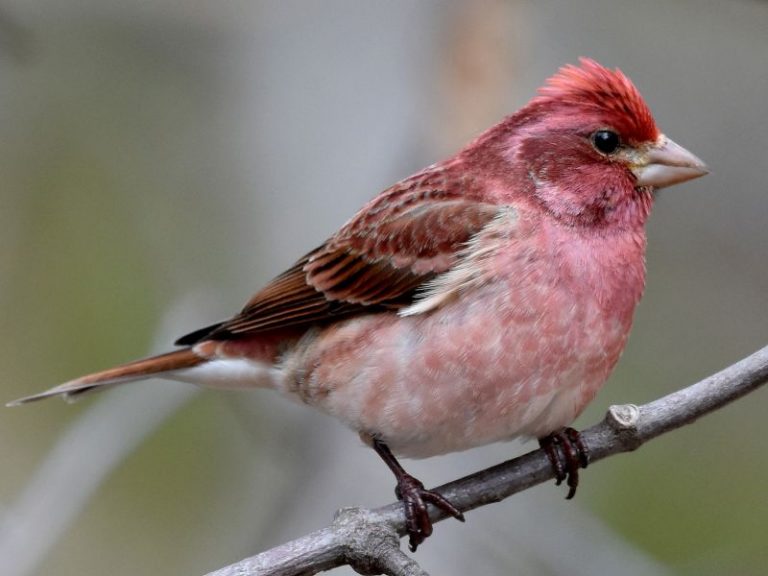

As the Cornell Lab’s Project FeederWatch reports, “as House Finches increase, House Sparrows decrease, and as House Finches decrease, House Sparrows increase. Research has found that house finches compete directly with house sparrows. But as house finch populations rose, there is evidence that the purple finch moved back to being a forest bird.īut the house finch might have the most impact on house sparrows. The similar purple finch, for instance, is a bird of forest habitats that adapted to the bird feeders of suburbia. Researchers are still untangling what those are. Of course, with hundreds of millions of house finches flying around new habitats, there are undoubtedly impacts. Photo © Frank Schulenburg / Wikimedia Commons Urban Competition and Eye Disease But do they have any negative impacts? A Dark-eyed Junco and a House Finch feeding. Why? It’s probably as simple as this: they’re pretty. Unlike house sparrows, no one seems to mind their presence. They do quite well in suburbia, especially with all those bird feeders. As with house sparrows, they are very adaptable birds and thrive with the kinds of human disturbance that doom many native birds. But over the next 20 years, they would be found all along the East Coast, and by the 1980s they were found widely across North America.Ĭurrent population estimates vary widely, but there are at least 250 million house finches now on the continent. This would hardly indicate a rapidly expanding population. At the time, many did not know that a bunch of house finches had recently been released.Ī report in 1951, ten years after the initial release, estimated there to be 280 house finches in the eastern United States. When pet stores realized they were facing arrest, they set the house finches loose.Ī group of birders first noted a house finch in New York in 1941, causing excitement at the new species record. This undercover operation also led to one of the most dramatic bird introductions on the continent. The actions of those who sought to stop it were heroic and commendable. The capture of wild birds for the pet trade has devastating effects on the wild bird trade. The National Audubon Society went undercover to expose the industry, arranging fake buying transactions to catch illegal pet traders. As the birds began showing up in pet stores, conservationists sprang into action. The name “house finch” is not the greatest name in marketing, and so the birds were rebranded as “Hollywood finches.” According to the National Audubon Society, more than 100,000 wild house finches (most of them males) were captured and sent to New York.īy then, the United States already had already well-established laws protecting wild birds from commerce, including the commercial pet trade. Birds were captured in the wild and shipped to New York City in 1940. The males have bright red chests, and someone had the idea that they would make attractive pets. House finches are native to North America, but only in the southwestern United States and Mexico. The house finch is not the first nor the last story of a house pet gone wild. Photo © Anne Davis / Flickr The Hollywood Finch Why do we love house finches but hate house sparrows? How did the house finch spread? It turns out, the house finch’s spread is a fascinating story. While it’s often in sight, it’s out of mind. While other non-native birds – house sparrows and starlings, I’m looking at you – receive heaps of scorn in birding and conservation circles, the house finch generally somewhat unscathed by negative PR. In much of their range, they’re non-native.

But the general love for house finches is also curious. Like many backyard birders, I enjoy seeing these little birds and their bright splashes of pink that brighten a winter day. As the Cornell Lab of Ornithology puts it, “If you haven’t seen one recently, chances are you can find one at the next bird feeder you come across.” If you live in the United States, chances are you’re familiar with this little bird, too. I know I’ll see house finchesin nature preserves, vacant lots and backyards throughout the season. I can count on seeing American goldfinches, hairy woodpeckers, California quail, and lots and lots of house finches.Īnd not just in my yard. Cedar waxwings pluck berries from the trees and dark-eyed juncos scurry under shrubs.
#Show me a purple finch windows#
At this time of year, with frost on the windows and a chill in the air, I can count on plentiful birds foraging around the habitat in our backyard.


 0 kommentar(er)
0 kommentar(er)
